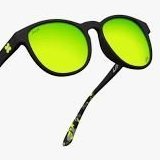How to make a Grand Filano go faster and more reactive.
-
Recently Browsing 0 members
- No registered users viewing this page.
-
Topics
-
-
Popular Contributors
-
-
Latest posts...
-
201
My view today.
You obviously have low self esteem. Either share your photos or find a more suitable topic. -
4
Visa Renewal
My agent uses Bangkok Bank, but now cannot use a Pattaya branch, so they drive you to Chonburi. About a one hour drive each way, and maybe 30 minutes at the bank. PM me for details. -
152
Report Win Big in Thailand: Foreigners Welcome to Try Their Luck in the Lottery
Yes, I wondered who the 6 scratching an existence were 🙂 -
1
Report British Teen Contracts Deadly Scrub Typhus After Thailand Trip
the need for preventive measures And they are ?? -
1
-
201
My view today.
You clearly hate yourself. Nothing to do with me. Nobody cares about numbers except you.
-
-
Popular in The Pub



.thumb.jpeg.d2d19a66404642fd9ff62d6262fd153e.jpeg)






Recommended Posts
Create an account or sign in to comment
You need to be a member in order to leave a comment
Create an account
Sign up for a new account in our community. It's easy!
Register a new accountSign in
Already have an account? Sign in here.
Sign In Now